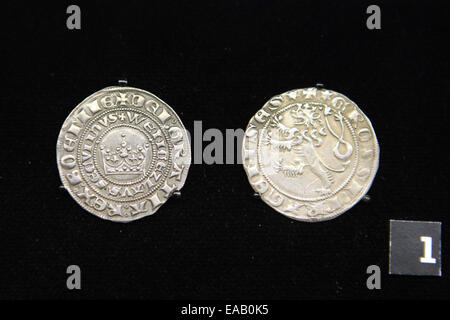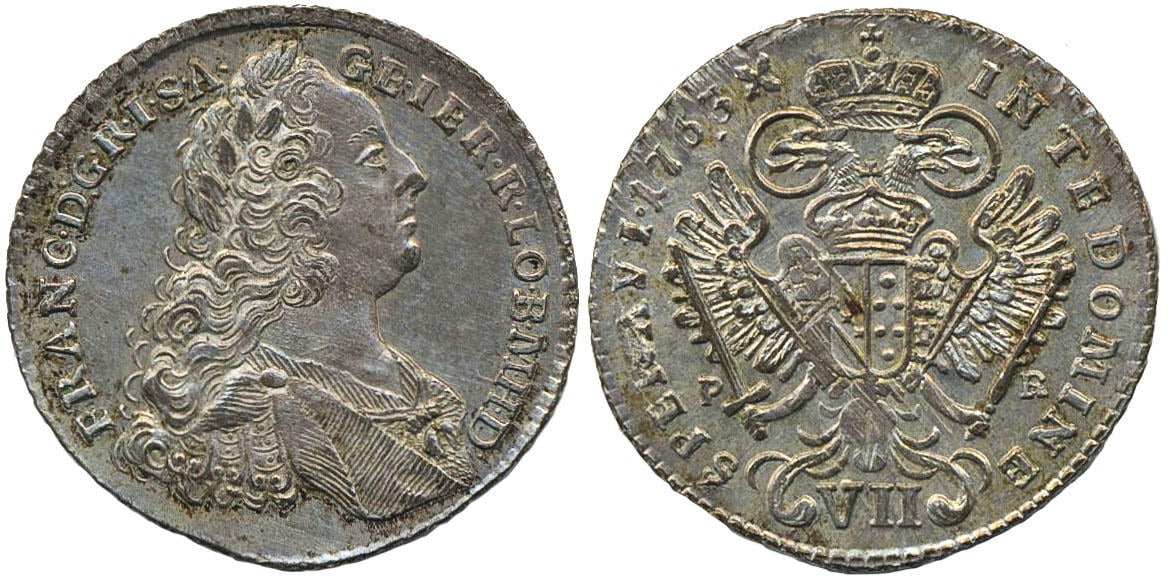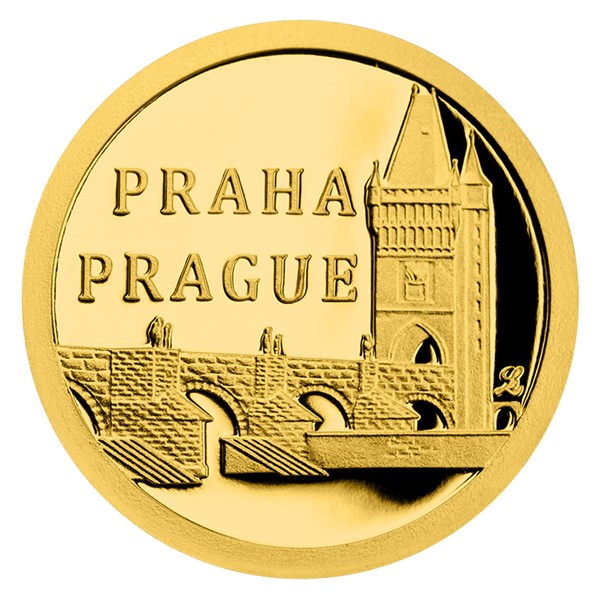Good Suggestions For Sandblasting Czechoslovakia Medals
Good Suggestions For Sandblasting Czechoslovakia Medals
Blog Article
How Can You Make A Plaster Cast To Represent The Gold Coin Or Medal?
There are several steps involved in the making of a "maquette" which is a plaster mold, inspired by the style of a silver or gold coin. The first step is to use the design of the coin or medal as a starting point. This could be a sketch drawn either by hand or as a digital image created with graphic design software. Choosing a medium- Plaster, because of its malleability, is often used for maquettes. You can also use other materials such as clay or wax.
Plaster preparation - Plaster is combined with water to make a workable consistency. It is important that the mixture be smooth, free of lumps and even to make a mold.
Create the base - The maquette is then sculpted onto the base or platform. It is typically an unfinished wooden board or a flat, stable surface.
The Maquette is created by using the gold design as a template. This is the process of creating a three-dimensional or relief image of the coin.
Refinement and Detailing- The artist concentrates on adding more details and refinement of the contours and ensuring the accuracy of the proportions and details of the artwork. This phase requires the utmost precision and concentration on the small details.
Allowing time for drying and Setting- Once the sculpture has been completed, the Plaster needs to be allowed to set and dry. This is to allow the maquette to harden and keeping its shape.
Finalizing the Maquette - Following drying out, the maquette is then smoothed to remove any bumps and rough areas.
Sealing and Preservationto preserve the maquette and prepare it for future processes like scanning or molding the maquette, a sealant or protective layer might be applied to the surface.
The maquette of plaster is a three-dimensional tangible representation of the design that is used to create an gold medal or a coin. It is used in a number of stages in the production cycle, including scanning for digital reproduction or making molds to produce large-scale production. Artists can also make use of it to visualize and fine-tune the design. Take a look at the recommended Prague Mint gold coins plaster molds website examples. including gold american eagle price, sovereign british coin, gold one dollar coin, 1 oz gold, double eagles, $5 gold coin, gold buy bullion, liberty gold coin, gold panda coin, $50 gold coin and more. 
How Does Laser Technology Work To Smooth The Gold Surface Medal Die?
Laser technology can be used to produce dies and master hubs that are more precise by achieving precise details. Here's a look at how laser technology works in this process. Surface Refinement
After the initial cutting, laser technology is employed to refine the die surface or hubs. It aids in smoothing out imperfections, removing burrs and minor irregularities in the surface.
Detail Enhancement-
Laser ablation, also known as laser engraving techniques, are used to add or enhance complex aspects of the hub master and die. Lasers have the ability to cut through materials or etch them precisely to create precise lines, textures and intricate patterns.
Microstructuring-
Laser microstructuring involves the process of creating microscopic textures or patterns on the die surface. This process can create patterns or textures that enhance the visual or security features, or even medals or coins.
Treatment and Surface Hardening
Lasers are sometimes used to treat or strengthen the surface of dies or a master hub. This procedure can enhance the durability and wear-resistance of the surface.
Precision Changes
Laser technology allows precise adjustments or adjustments to be made to the master hub or die, without altering the overall geometry. The surface can be modified to eliminate any flaws or imperfections which could impact the quality of the coins or medals struck.
Controlled Material Removal
Laser ablation is a method to eliminate material in a controlled manner, particularly when intricate details are required. It provides a non-contact method of material removal, preserving the integrity of the surrounding areas.
The use of laser technology to refine the surface and improving the details of dies or master hubs guarantees a greater level of precision, more fine details and enhanced surface quality. It is a complement to conventional machining processes, allowing for the precise manipulation and improvement of the surface characteristics of dies crucial for making high-quality gold coins or medals. Read the most popular laser processing Czechoslovakia gold medals website recommendations. including gold dollar coin 2000, 50 pesos gold coin, 10oz gold bars, spanish gold coins, gold coin price today, silver and gold buyer near me, 1999 gold quarter, $20 gold piece, silver double eagle coin, 2000 p sacagawea dollar and more.
How Do Dies Get Polished? Ensure That Gold Medals And Coins Have The Perfect Surface?
The process of hand polishing dies is required for creation of gold-plated coins and medals. This is due to the fact that it helps in the reproduction of fine detail. A smooth surface allows the details of the design to reproduce more accurately on the die-cast metals and coins.
Better Quality Coins or Medals- A polished die ensures that the coins or medals have sharp and clearly defined edges, details and relief. It enhances the appearance and quality of your final product.
Reduced Wear- Polishing can reduce friction and wear during the striking process. A smooth surface on a die minimizes the chance of any defects or irregularities on the medals struck or coins resulting from rough surfaces.
Consistency of Striking – Die dies that are hand-polished ensure uniformity throughout the process of minting, by providing an even strike area. To ensure that the design is maintained in its precision as well as its depth and overall quality it is vital to maintain consistency.
Die Durability - Well-polished Dies are less likely to break or worn out during the striking process. These dies have increased durability and can be used for a greater number of strikes without compromising the quality.
Accuracy and Precision- Hand polishing lets engravers fine-tune and refine specific areas of the die, ensuring that the details are precisely replicated on the struck medals or coins. The precision of the final product is increased by this level of precision.
Quality Control - The polishing process is a component of quality control. The examination of the die when polishing by hand is a method to identify and correct any flaws or imperfections prior to the die is struck.
Surface Finish - Polishing can provide particular surface finishes or textures that enhance the appearance or bringing unique features to the struck coins or medals.
The meticulous hand-polishing of dies used to produce gold coins as well as other medals is essential in ensuring that the products are accurately detailed and pleasing to the eye. It's crucial for the appearance, consistency and long-lasting quality of the final product. Take a look at the top rated hand polishing Prague Mint gold coins website tips. including gold price apmex, 1 10 gold eagle, gold morgan dollar, liberty gold coin, gold american eagle price, bullion bars gold, gold eagle, gold coin gold, coin buy gold, apmex gold and more.
What Is The Reason Why Limited Editions Or Collectible Gold Coins Uniquely Numbered?
This is done to assure authenticity, exclusivity, and to enhance the appeal of collectible or limited edition gold coins. Find out why and how numbers are created.
Sequential numbering- Every limited edition coin or collectible coin is given an individual number. The numbers are generally stamped or engraved on the surface of the coin or on its edge. The number indicates its place within the series.
Certificate of Authenticity. The coins will be presented with a certification of authenticity, which is a match to the unique number on the coin. This certifies that the coin is genuine. It also provides information about the series, its metal content and minting.
Why do we have to count the number of coins individually?
Authenticity Assurance – The numbering of every coin in the series provides an obvious and reliable method to verify the authenticity of the coin. Each number serves as an identification number that is unique, which ensures that the coin is genuine and part of the authorized series.
Exclusivity and RarityExclusive edition coins with unique numbers are regarded as more exclusive and rare. Coins with numbers are frequently sought by collectors due to the limited availability. This increases their worth.
A number-ed coin is a collector's charm, allowing the collector to track specific numbers and showcase them within an assortment. Significant numbers that are lower in the sequence may be deemed more important.
Collector Engagement - Individual numbers can encourage collectors to collect sets or purchase specific numbers. Collectors can seek out specific numbers based on their personal preference or other important milestones.
Potential for resale and value Coins with unique serial numbers can have higher value on the secondary market, particularly if their serial numbers are smaller or they belong to an extremely sought-after collection. Collectors often appreciate these coins due to their rarity and exclusivity.
Trackability and Documentation - Numbering allows you to track and record the history of each coin, which aids in provenance & confirmation on the marketplace for collectors.
Through the numbering of collectibles or limited edition gold coin, mints, or their issuers, establish authenticity, create exclusivity and increase the value of these coins for collectors seeking unique or valuable pieces. In the world of numismatics, the coins that are numbered have special significance and significance. Follow the recommended Prague Mint gold medal numbering site info including gold bullion bars for sale, $5 gold coin, gold apmex price, gold coin prices, coin buy silver, 1 ounce of silver, george washington gold dollar coin, spanish gold coins, 1oz gold, gold coin prices and more.